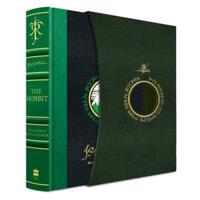Publisher's Synopsis
The monarch of ancient times mingled the functions of priest and judge. It is therefore not altogether surprising that even today a judicial system should be stamped with a certain resemblance to an ecclesiastical hierarchy. If the Church of the Middle Ages was "an army encamped on the soil of Christendom, with its outposts everywhere, subject to the most efficient discipline, animated with a common purpose, every soldier panoplied with inviolability and armed with the tremendous weapons which slew the soul," the same words, slightly varied, may be applied to the Federal Judiciary created by the American Constitution. The Judiciary of the United States, though numerically not a large body, reaches through its process every part of the nation; its ascendancy is primarily a moral one; it is kept in conformity with final authority by the machinery of appeal; it is "animated with a common purpose"; its members are "panoplied" with what is practically a life tenure of their posts; and it is "armed with the tremendous weapons" which slay legislation. And if the voice of the Church was the voice of God, so the voice of the Court is the voice of the American people as this is recorded in the Constitution.









